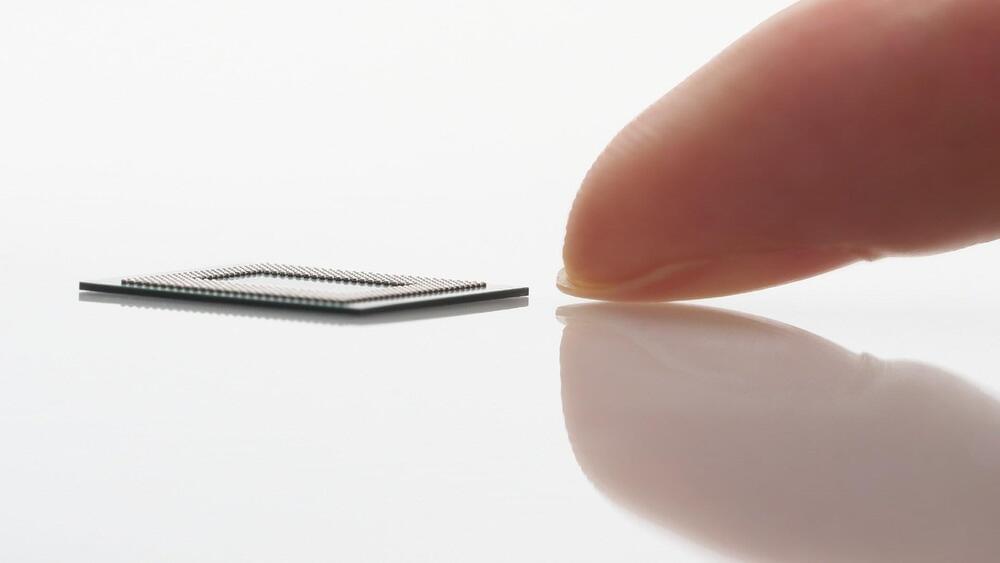With the first CRISPR–Cas9 gene therapy now approved, scientists are turning to newer editing technologies to produce safer, faster and better treatments for genetic diseases.
When the European Space Agency launched the Gaia spacecraft to map stars, it encountered problems from a solar storm and space dust. Its electronics and measurements were impacted by these issues, which raised data inaccuracies. To overcome these issues, teams are collaborating remotely.
Figure 2 can pick up objects as heavy as 55 pounds and put parts in place accurately, down to the millimeter. It was created by Figure AI, a startup backed by OpenAI, Jeff Bezos, Nvidia, and Microsoft.
Non-personalized content and ads are influenced by things like the content you’re currently viewing and your location (ad serving is based on general location). Personalized content and ads can also include things like video recommendations, a customized YouTube homepage, and tailored ads based on past activity, like the videos you watch and the things you search for on YouTube. We also use cookies and data to tailor the experience to be age-appropriate, if relevant.
Select “More options” to see additional information, including details about managing your privacy settings. You can also visit g.co/privacytools at any time.
“This study has changed the picture of the environments around stars less massive than our Sun, which emit very little UV light outside of flares,” said Jason Hinkle.
How can red dwarf stars, which are both smaller and cooler than our Sun, influence the habitability potential for exoplanets orbiting them? This is what a recent study published in the Monthly Notices of the Royal Astronomical Society hopes to address as a team of international researchers led by the University of Hawai’i investigated how stellar flares emanating from red dwarf stars could help ascertain the habitability potential for exoplanetary systems. This study holds the potential to help astronomers better understand the formation and evolution of exoplanetary systems throughout the cosmos and the conditions necessary for life to exist on these worlds.
For the study, the researchers analyzed near-ultraviolet (near-UV) and far-ultraviolet (far-UV) data obtained from the now-retired NASA GALEX space telescope of 182 stellar flares emitting from 158 stars within 100 parsecs (326 light-years) from Earth. The goal of the study was to ascertain how UV emissions influence whether a planet can host life.
In the end, the researchers found that UV radiation can either contribute to or dampen the possibility of life forming on such worlds, and specifically challenges previous hypotheses pertaining to far-UV radiation, which the researchers estimate can range between 3–12 times the energy levels compared to previously assertions. However, the team notes the processes responsible for the stronger far-UV radiation remains a mystery.
A discovery that uncovered the surprising way atoms arrange themselves and find their preferred neighbors in multi-principal element alloys (MPEA) could enable engineers to “tune” these unique and useful materials for enhanced performance in specific applications ranging from advanced power plants to aerospace technologies, according to the researchers who made the finding.
Samsung has unveiled the world’s thinnest LPDDR5X DRAM chips for smartphones, tablets, and other mobile devices. The chip is just 0.65mm thin.
The higher cost of owning an electric versus a gas-powered vehicle is a sticking point for many would-be buyers of EVs. Now, the price of a key EV component is falling, raising hopes that automakers could close the gap as they grapple with waning demand.
Batteries make up about one-third to one-fourth of the cost of producing an electric vehicle, according to Goldman Sachs analysts. The firm predicts the global average cost to automakers for batteries in 2024 will average about $115 per kilowatt hours, about 23% lower than last year. Prices are expected fall another 20% in 2025.
Tesla CEO Elon Musk (TSLA) recently noted costs have come down for lithium-ion cells used in EV batteries, a big reversal from the “massive spike” during the pandemic when car manufacturers put in “giant, giant orders.”
New discoveries on the remote Tanimbar Islands reveal ancient seafaring humans used advanced maritime technologies over 42,000 years ago.
Science news, Egyptian crocodile news: Modern technology is helping us to learn more and more about our ancient past. I can only imagine what secrets technology might help reveal in the future.









